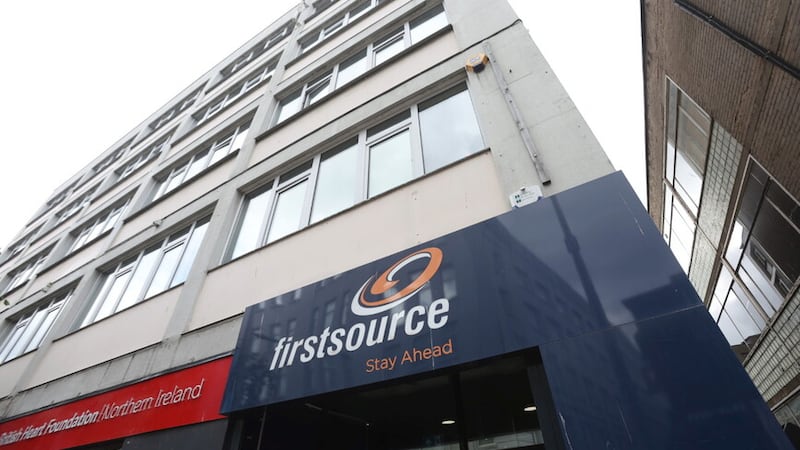NORTHERN Ireland employers proposed cutting almost 2,000 jobs last month, official government data shows.
The Department for the Economy was notified of 1,960 proposed redundancies during June, according to the latest labour market report from the Northern Ireland Statistics and Research Agency (Nisra).
It brings the number of redundancies proposed in the north since the start of the year to 3,550.
Of that total, 2,570 were recorded in May and June.
A number of significant redundancies were announced during that period. Call centre firm Firstsource Solutions said it's planning to shed around 500 jobs from its Northern Ireland operation, while Ulster Bank is cutting around 250 jobs this year in the north.
Norbrook and Seagate also announced redundancy programmes in recent weeks.
The 1,960 proposed redundancies recorded last month is the highest since June 2020, when 2,470 redundancies were proposed in the aftermath of the Covid-19 pandemic being declared.
Read more:
- Hundreds of jobs set to go at call centre firm Firstsource Solutions
- 'Difficult day' for Ulster Bank staff as 813 face redundancy - including 250 in Northern Ireland
- More than 100 job losses announced at Seagate Derry plant
- Newry pharma giant Norbrook to lay off 180 staff
Outside the pandemic, the June 2023 figure is the highest single month recorded in Northern Ireland since September 2001.
Employers are only required to notify government when planning to cut 20 or more jobs, meaning not all redundancies are recorded in the data.
Nisra has also stressed that not all redundancies proposed by employers result in job cuts.
June’s labour market data showed 210 redundancies were confirmed during June.
It takes the total number of confirmed redundancies in the first half of 2023 to 950.
Don Leeson, chief executive of the Labour Relations Agency, said the official figures confirm what it is experiencing through its workplace information service, from both employers and employees worried about redundancy.
“The LRA gets an early warning of such problems as both employers and employees turn to us for advice on what do when redundancies first start to be a consideration,” he said.
“We help by advising on measures that employers can take to avoid redundancy, as well as how to handle redundancies in a fair manner when they become unavoidable.”
Latest labour market report reveals 1,960(!) redundancies were proposed by employers in Northern Ireland during June. The highest monthly figure since the height of the pandemic in June 2020 (2,470) and higher than any single month during the post-2008 financial crash.
— Ryan McAleer (@RyanMcAleerbiz) July 11, 2023
The latest labour market report also showed the number of workers in the north receiving their pay through the HMRC PAYE system, fell last month.
The total number of payrolled employees in Northern Ireland stood at 788,400 in June, according to HMRC, down from the record 790,900 recorded in March 2023.
Nisra also recorded a 2 per cent month-on-month increase in the north’s claimant count, which increased to 36,700 in June.
The same report estimated the north’s unemployment rate at 2.5 per cent in the three months to May 2023, with no change in the employment rate (72 per cent) and a slight dip in the rate of economic inactivity (26.1 per cent) over the same three-month period.
Widening pay gap
Meanwhile, the gap between the average wage in Northern Ireland and the rest of the UK widened last month, according to the June labour market data.

After a slight dip in May, data sourced from HMRC showed the median monthly pay in the north increased by 0.8 per cent (£17) in June to £2,099, leaving it 7.3 per cent (£143) up on June 2022.
Meanwhile, the median monthly pay in the UK increased by 1.7 per cent (£38) June to £2,308, leaving it 9.7 per cent (£204) higher than a year ago.
The average wage in Northern Ireland traditionally lags behind the UK average, but the gap had closed to just £104 in March this year.
But the gap has widened every month since, increasing to £209 last month, double the gap in March.
Despite the annual pay increase, the pace of UK inflation, which stood at 8.7 per cent in May, means workers here are still worse off than a year ago.







